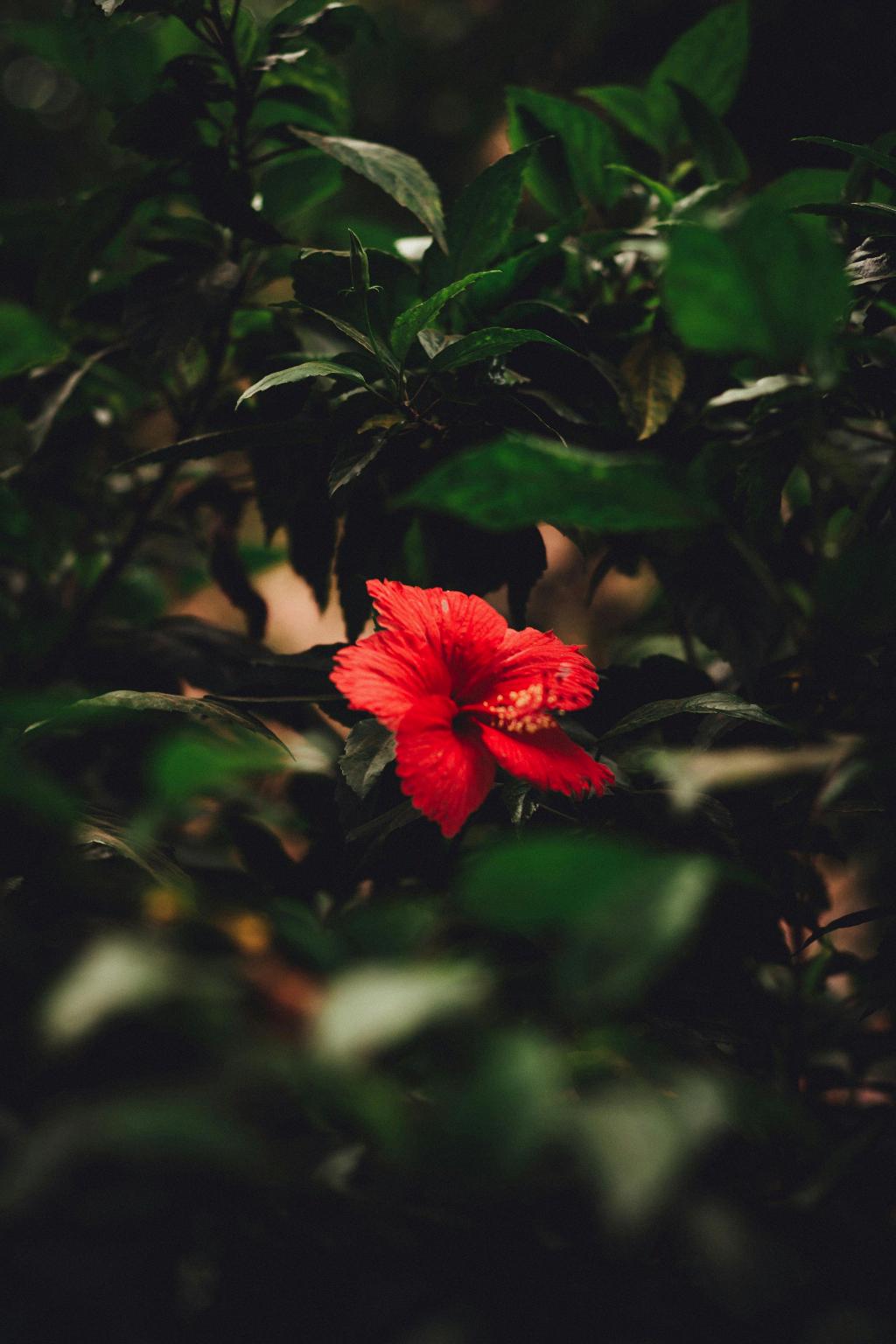When we think of hibiscus flowers, we often associate them with beauty, color, and vibrancy. These large, colorful blossoms are a common sight in warm climates, adding a touch of exotic allure to gardens and landscapes. But beyond their aesthetic appeal, hibiscus flowers also hold a surprise – they can be a delightful addition to your culinary adventures.
Exploring the culinary possibilities
Yes, you read that right – hibiscus flowers are indeed edible. While they may not be a typical addition to your daily meals, these blossoms can be a unique and flavorful ingredient to experiment with. From salads to desserts, hibiscus flowers can add a touch of floral sweetness and an eye-catching pop of color to your dishes.
Making tea with hibiscus flowers
One of the most popular ways to consume hibiscus flowers is by brewing them into a refreshing herbal tea. Hibiscus tea, also known as “sorrel” in some cultures, is made by steeping dried hibiscus flowers in hot water. The resulting beverage is a tart and tangy infusion that is not only delicious but also packed with potential health benefits.
Potential health benefits of hibiscus
Research suggests that hibiscus may offer a range of health benefits, especially when consumed in the form of tea. Studies indicate that hibiscus tea may have a positive impact on cholesterol levels, helping to lower “bad” LDL cholesterol and triglycerides. Additionally, hibiscus tea is believed to have blood pressure-lowering effects, making it a popular choice for those looking to support cardiovascular health.
Exploring beyond tea
While hibiscus tea is a popular choice, there are many other ways to incorporate hibiscus flowers into your diet. From adding fresh petals to salads or desserts to infusing syrups and sauces with their unique flavor, the culinary possibilities are endless. Whether you choose to enjoy hibiscus flowers in savory or sweet dishes, their floral notes are sure to add a touch of elegance to your creations.
Harvesting and preparing hibiscus flowers
If you’re considering adding hibiscus flowers to your culinary repertoire, it’s essential to know how to harvest and prepare them properly. When selecting hibiscus flowers for consumption, opt for organically grown blossoms free of pesticides or other chemicals. Rinse the flowers thoroughly before use, and remove the pistil and stamen, as they can have a slightly bitter taste.
Experimenting with hibiscus in the kitchen
Once you have your hibiscus flowers prepped and ready, it’s time to get creative in the kitchen. Consider infusing hibiscus flowers into simple syrup for cocktails, incorporating them into fruit jams for a floral twist, or even using them to create a stunning garnish for your dishes. The versatility of hibiscus flowers makes them a versatile ingredient to experiment with.
A note of caution
While hibiscus flowers are generally safe for consumption, it’s essential to exercise caution, especially if you have allergies or sensitivities. If you’re new to consuming hibiscus, start with small amounts to gauge your body’s reaction. If you have any concerns or are unsure about incorporating hibiscus flowers into your diet, consult with a healthcare professional for personalized advice.
Bringing a touch of floral elegance to your table
Whether you choose to enjoy hibiscus flowers in a steaming cup of tea or as a vibrant garnish on your desserts, incorporating these blossoms into your culinary creations can elevate your dining experience. With their delightful flavor profile and potential health benefits, hibiscus flowers offer a unique way to infuse floral elegance into your dishes.
The final verdict
So, can you eat a hibiscus flower? The answer is a resounding yes. From brewing them into a refreshing tea to adding them to your favorite recipes, hibiscus flowers are a versatile and exciting ingredient to explore in the kitchen. So why not embark on a culinary adventure and introduce a touch of floral sophistication to your meals with the delightful hibiscus flower?

